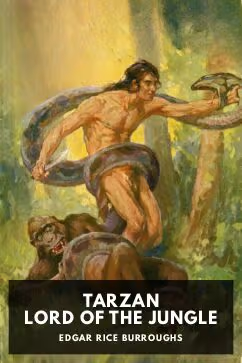First Perentie Lizards Hatched at Los Angeles Zoo: A Major Breeding Milestone
Two perentie lizards, known for their size and carnivorous diet, have been successfully bred at the Los Angeles Zoo. This marks the first time the species has been bred outside of Australia. Experts at the zoo have taken special care to monitor the hatchlings during their early stages, ensuring their health and eventual integration into the zoo's Australia section. The breeding of these lizards highlights the zoo’s ability to care for unique species and contribute to conservation efforts

Two perentie lizards, among the largest species of lizards globally, have hatched at the Los Angeles Zoo, marking the first time this species has been bred there. Native to Australia, these carnivorous reptiles are known for their impressive size, often exceeding 8 feet in length and weighing over 40 pounds. The zoo, which is one of the few facilities outside Australia to successfully breed them, is now home to the newly hatched pair, who are being carefully monitored in a controlled environment.
First Breeding Success Highlighted by Experts
According to reports from usnews.com, the perentie lizards were bred and hatched for the first time in the facility's history. Byron Wusstig, curator at the Los Angeles Zoo, shared with the Associated Press that achieving this milestone is a significant accomplishment for the team. These lizards, classified as Varanus giganteus, are rarely seen in zoos outside their native Australia, despite not being endangered.
Special Care for Hatchlings in Early Stages
Reports confirm that the hatchlings are thriving under close observation by the zoo's staff. They are being kept off-exhibit in a specially managed setting to ensure their health during these crucial initial months. The lizards will eventually join the Australia section of the zoo, near the Komodo dragon habitat, where the father is currently on display.
Remarkable Features of Perentie Lizards
This species is characterised by its distinct brown skin adorned with cream or yellow markings. Their diet, as stated in reports, includes turtle eggs, insects, birds, small mammals, marsupials, and other reptiles, all of which are consumed whole. As per zoo officials, this breeding success highlights the capabilities of the institution in conserving and caring for unique species, contributing to the understanding of their behaviour and needs in captivity.












)

























































